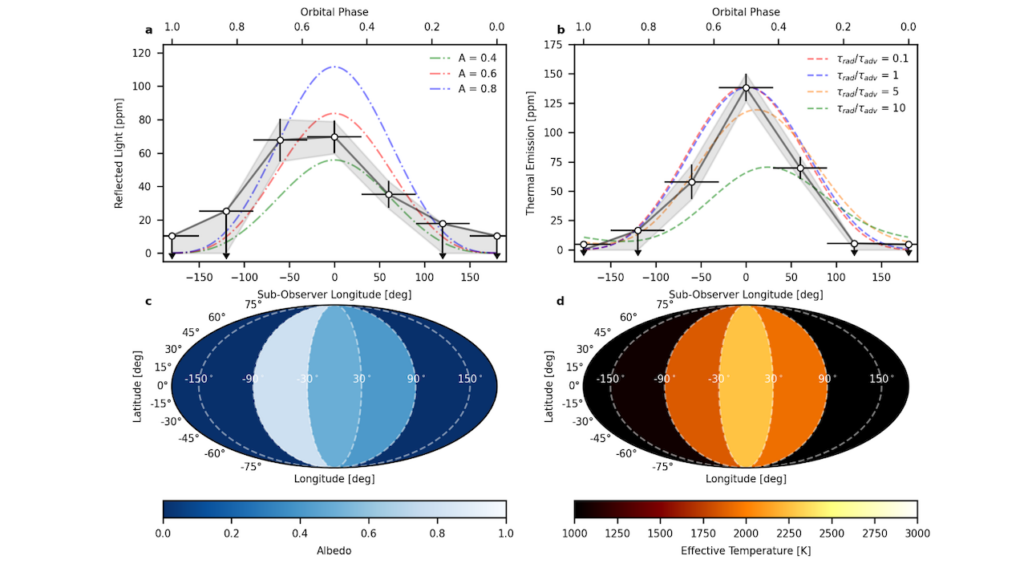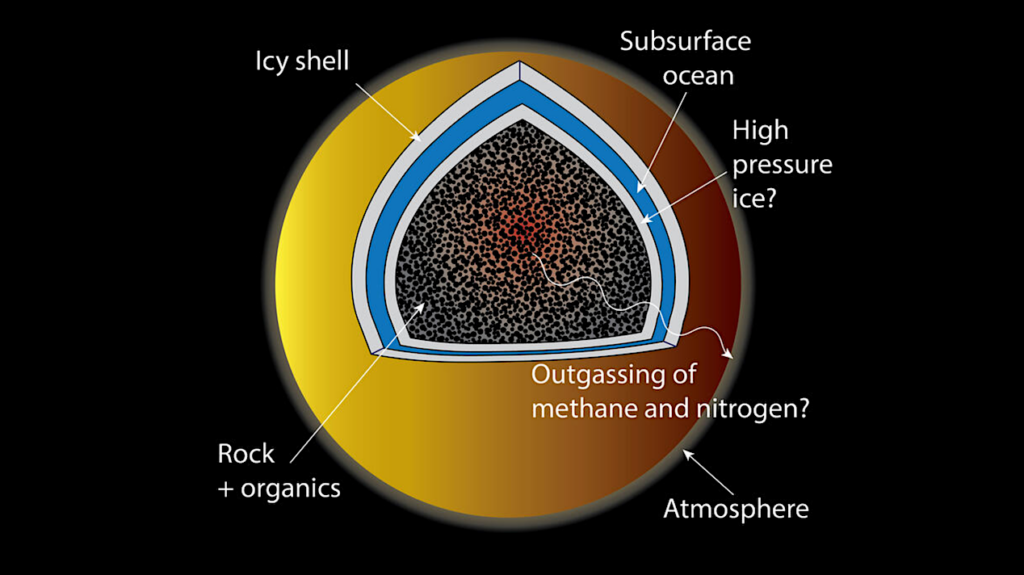Inner Edge Habitable Zone Limits Around Main Sequence Stars: Cloudy Estimates

Understanding the limits of rocky planet habitability is one of the key goals of current and future exoplanet characterization efforts. An intrinsic concept of rocky planet habitability is the Habitable Zone.
To date, the most widely used estimates of the Habitable Zone are based on cloud-free, one-dimensional (vertical) radiative-convective climate model calculations. However, recent three-dimensional global climate modeling efforts have revealed that rocky planet habitability is strongly impacted by radiative cloud feedbacks, where computational expense and model limitations can prevent these tools from exploring the limits of habitability across the full range of parameter space.
We leverage a patchy cloud one-dimensional radiative-convective climate model with parameterized cloud microphysics to investigate Inner Edge limits to the Habitable Zone for main sequence stars (Teff = 2600 -7200K). We find that Inner Edge limits to the Habitable Zone can be 3.3 and 4.7 times closer than previous cloud-free estimates for Earth- and super-Earth-sized worlds, respectively, depending on bulk cloud parameters (e.g., fractional cloudiness and sedimentation efficiency).
These warm, moist Inner Edge climates are expected to have extensive cloud decks that could mute deep atmosphere spectral features. To aid in rocky planet characterization studies, we identify the potential of using CO2 absorption features in transmission spectroscopy as a means of quantifying cloud deck height and cloud sedimentation efficiency. Moist greenhouse climates may represent key yet poorly understood states of habitable planets for which continued study will uncover new insights into the search and characterization of habitable worlds.
James D. Windsor, Tyler D. Robinson, Ravi kumar Kopparapu, Arnaud Salvador, Amber V. Young, Victoria S. Meadows
Comments: 33 pages, 12 figures, submitted, community comments welcome
Subjects: Earth and Planetary Astrophysics (astro-ph.EP)
Cite as: arXiv:2401.12204 [astro-ph.EP] (or arXiv:2401.12204v1 [astro-ph.EP] for this version)
https://doi.org/10.48550/arXiv.2401.12204
Focus to learn more
Submission history
From: James Windsor
[v1] Mon, 22 Jan 2024 18:45:44 UTC (5,389 KB)
https://arxiv.org/abs/2401.12204
Astrobiology








